iOS 18 upcoming features, including Eye Tracking
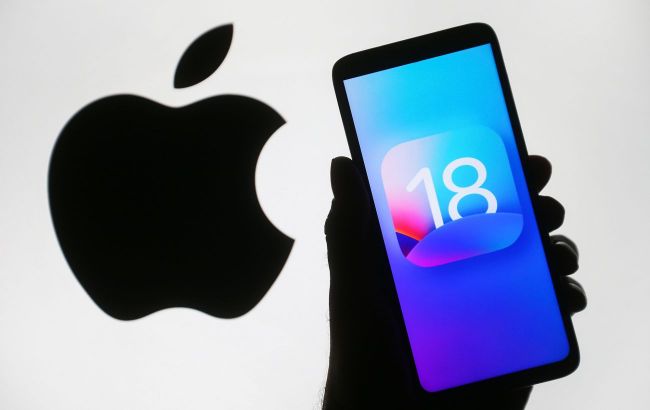 iOS 18 upcoming features (Getty Images)
iOS 18 upcoming features (Getty Images)
Apple has announced new special features for people with disabilities coming this year. They include Eye Tracking, allowing users to control an iPad or iPhone with their eyes, according to Apple Newsroom.
Eye Tracking
The Eye Tracking feature, based on artificial intelligence, gives users the built-in ability to navigate iPad and iPhone with their eyes.
Designed for users with physical disabilities, Eye Tracking uses the front-facing camera to set up and calibrate in seconds.
The feature works in iPadOS and iOS apps and does not require any additional hardware or accessories.
With Eye Tracking, users can navigate through the app and use Dwell Control to activate each element. This allows users to access additional features such as physical buttons, reset, and other gestures using their eyes only.
Music Haptics
Music Haptics is a new way to listen to music on iPhone for people who are deaf or hard of hearing. When turned on, the iPhone's Taptic Engine plays taps, textures, and sophisticated vibrations to the sound of music.
Music Haptics works with millions of songs in the Apple Music catalog and will be available as an API for developers to make music more accessible in their apps.
.png)
Screenshot
Wide range of languages
Using voice commands, iPhone and iPad users can add their own pronunciation that Siri understands to launch shortcuts and perform complex tasks.
Listen to Atypical Speech gives users the ability to improve speech recognition for a wider range of speech. The feature uses machine learning on the device to recognize the user's speech patterns. It is intended for users with acquired or progressive medical conditions that affect speech.
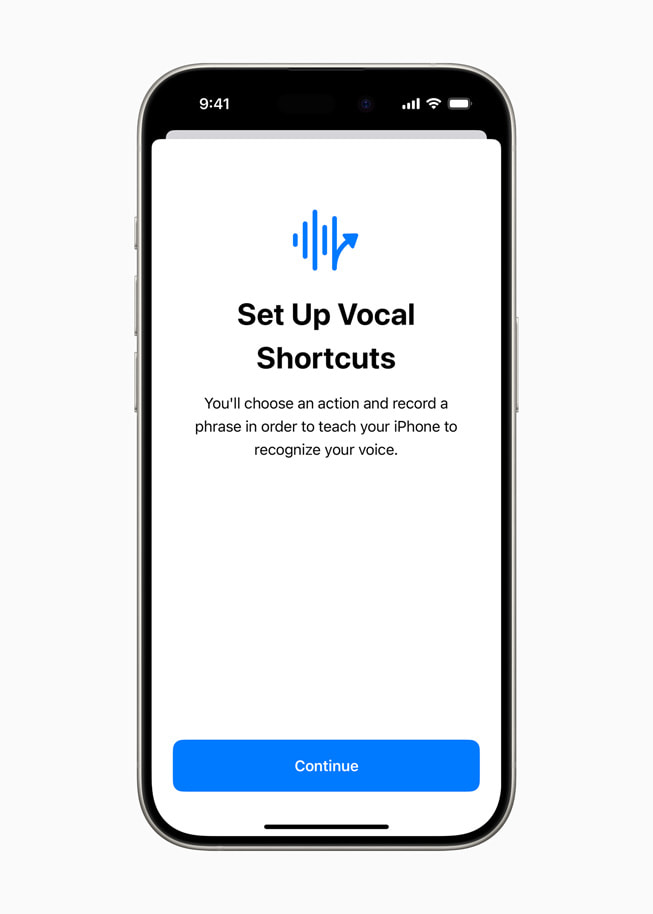
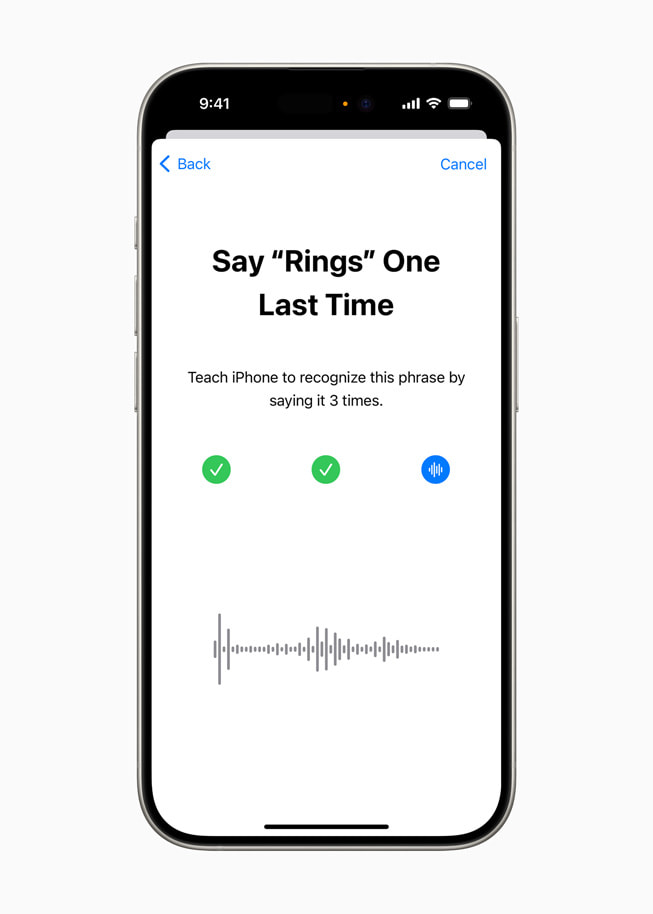
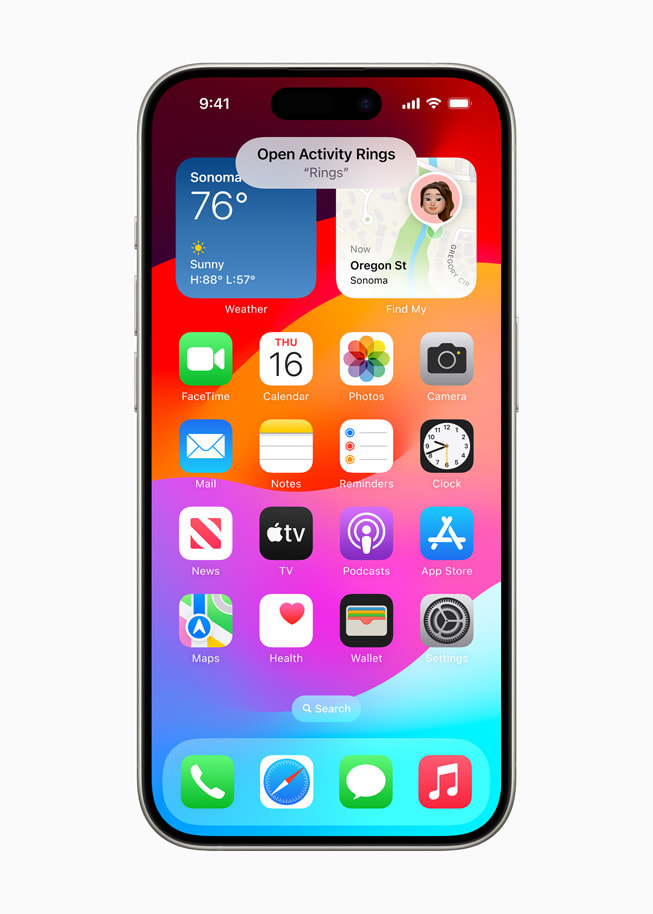
Wide range of speech (photo: Newsroom - Apple)
Vehicle Motion Cues
Vehicle Motion Cues is a new interface for iPhone and iPad that can help reduce motion sickness in moving vehicles.
Research shows that motion sickness is usually caused by a sensory conflict between what a person sees and what they feel. With vehicle motion cues, animated dots around the edges of the screen reflect changes in motion to help reduce sensory conflict.
This feature can be set up on the iPhone or turned on and off in the Control Center.
.png)
.png)
.png)
Screenshots
Voice control in CarPlay
The special features coming to CarPlay include voice control, color filters, and audio recognition.
For people with low vision, color filters make it visually easier to use the CarPlay interface. It has a visual accessibility feature, including bold and large text.
Thanks to sound recognition, drivers or passengers who are hard of hearing can turn on alerts to be notified of car beeps and sirens.
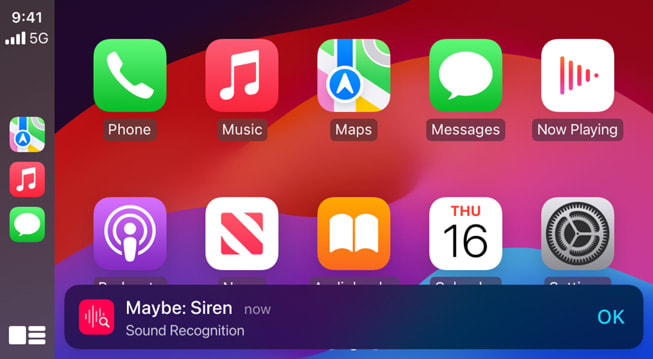
Voice control in CarPlay (photo: Newsroom - Apple)
Special features in VisionOS
People with hearing loss will be able to use the Live Captions feature on Apple Vision Pro to instantly display conversations in text format. This feature will use microphones in the helmet to recognize speech and transform it into text on a virtual screen using artificial intelligence.
All of these new features will be available on Apple devices by the end of the year. Some of them may be available in the beta versions of iOS 18 and visionOS 2, which the company plans to release on June 10.
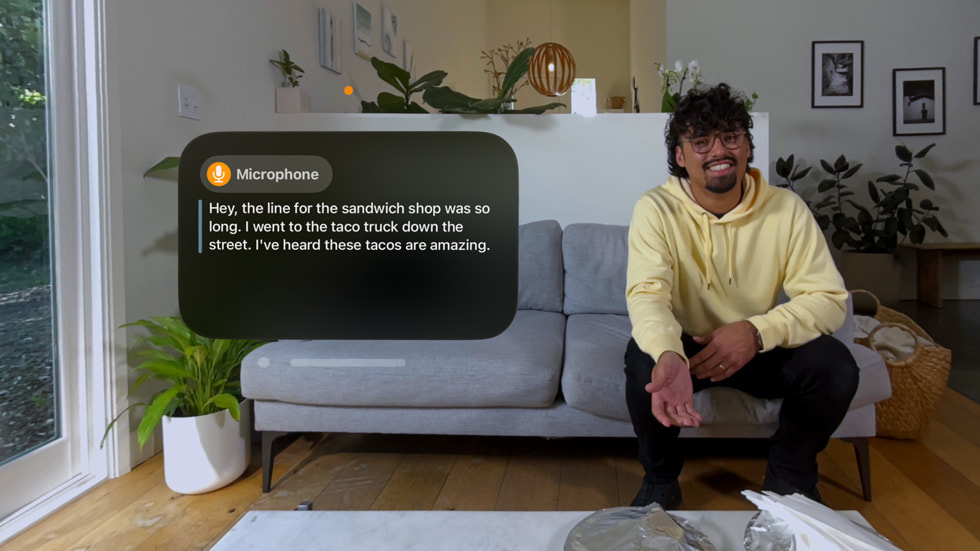 Special features in VisionOS (photo: Newsroom - Apple)
Special features in VisionOS (photo: Newsroom - Apple)
Check out also iOS 18 supported devices.

